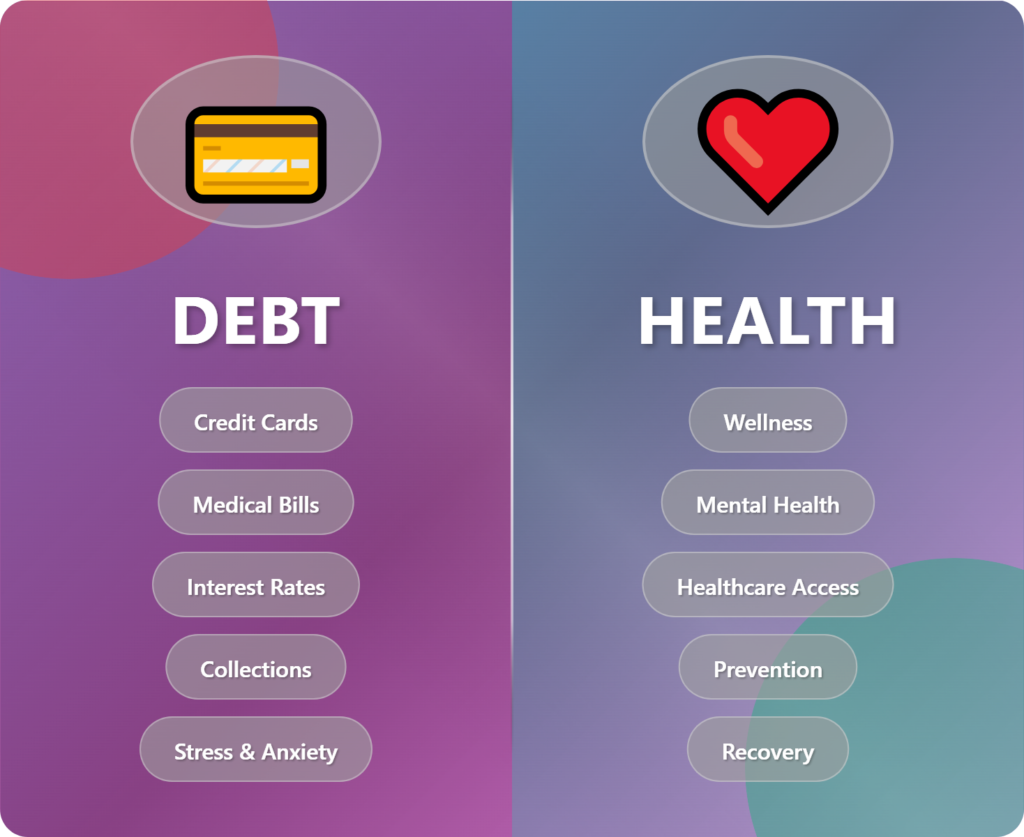
Hi folks! Addiction — particularly problem gambling, but also drug and alcohol misuse plays a real and measurable role in many serious financial and credit problems across Canada. While most people cite financial mismanagement or job loss as the reason for their insolvency, research indicates that a meaningful minority of Canadians with deep debt trouble are actually struggling with underlying addiction. Studies show gambling is directly linked to about 4–10% of personal insolvencies, while substance-use issues often contribute indirectly through job loss, reduced earnings, medical bills, or legal expenses. Because of stigma and denial, the true contribution of addiction to financial collapse is likely higher than official data suggests.
Gambling and Financial Collapse
Problem gambling affects a relatively small portion of the population — roughly 1.6% of Canadian adults are considered moderate to severe risk gamblers — but it is over-represented among those who become insolvent or heavily indebted. National insolvency data show that around 4% of bankruptcies explicitly cite gambling as a major cause, yet clinical studies of pathological gamblers reveal that 15–20% have declared bankruptcy at least once. These individuals typically show the same pattern: multiple credit cards at or near limit, payday loan dependence, secret borrowing, and escalating unsecured debt. The link between gambling and debt is so consistent that credit counsellors and trustees often view it as a hidden factor even when not disclosed.
Substance Use and Hidden Financial Damage
Substance abuse — including alcohol, opioids, and stimulants — tends to undermine financial stability indirectly rather than through immediate overspending. The costs show up as lost income, missed work, job loss, healthcare bills, and fines or legal fees. According to national health and economic reports, substance use costs Canada tens of billions annually in productivity losses and related expenses. These effects often surface as chronic delinquency, unstable employment, or credit card defaults. Because individuals rarely list addiction on bankruptcy forms, the real number of financially affected households is likely far higher than the data suggests.
Why Official Numbers Understate the Problem
Addiction is under-reported for three main reasons. First, surveys and insolvency forms measure different populations, so results vary widely. Second, stigma leads many people to blame their financial collapse on poor budgeting rather than gambling or drinking. Third, multiple overlapping causes — such as mental health struggles, medical costs, or relationship breakdown — make it hard to isolate addiction as the main reason. As a result, addiction often hides behind neutral-sounding categories like reduced income or overspending.
Signs That Addiction Is Behind Financial Trouble
Addiction driven financial problems follow distinctive patterns.
Red flags include:
![]() frequent cash advances,
frequent cash advances,
![]() repeated payday loans, and
repeated payday loans, and
![]() frequent bank withdrawals.
frequent bank withdrawals.
People may use multiple credit cards simultaneously, make numerous small delinquencies, or frequently restructure loans without lasting improvement. Behavioral clues are also common such as secretiveness, irrational anger issues, sudden job instability, or drastic lifestyle swings. Some individuals display signs of depression or anxiety alongside mounting debt, reflecting the psychological toll of addiction.
How Advisors Can Detect It
Professionals should approach this issue with empathy and discretion. The best practice is to review transaction histories for repeated gambling or cash-flow irregularities, then ask gentle, nonjudgmental questions about stress or habits. Screening tools such as the Problem Gambling Severity Index (PGSI) can identify risk early. When a link to addiction is suspected, referral to provincial gambling and substance-use services or organizations like Gamblers Anonymous is useful. Effective recovery combines financial restructuring with behavioral treatment; otherwise, debt cycles often repeat.
In Closing
In summary, addiction is a significant but under recognized driver of serious credit and financial problems in Canada. Gambling is the most visible culprit, directly tied to a measurable percentage of bankruptcies, while drug and alcohol abuse exert a quieter but equally destructive economic effect. The majority of insolvencies still stem from traditional financial causes, yet addiction is often the hidden engine that turns manageable debt into disaster. Recognizing the behavioral patterns behind chronic debt allows professionals to address both the numbers and the human story behind them — and to connect affected Canadians with the support they need.
🎲 Gambling-Related Sources
💊 Substance-Use-Related Sources
DGB

Usefull Links:
Gig Worker or Self Employed Needs This

